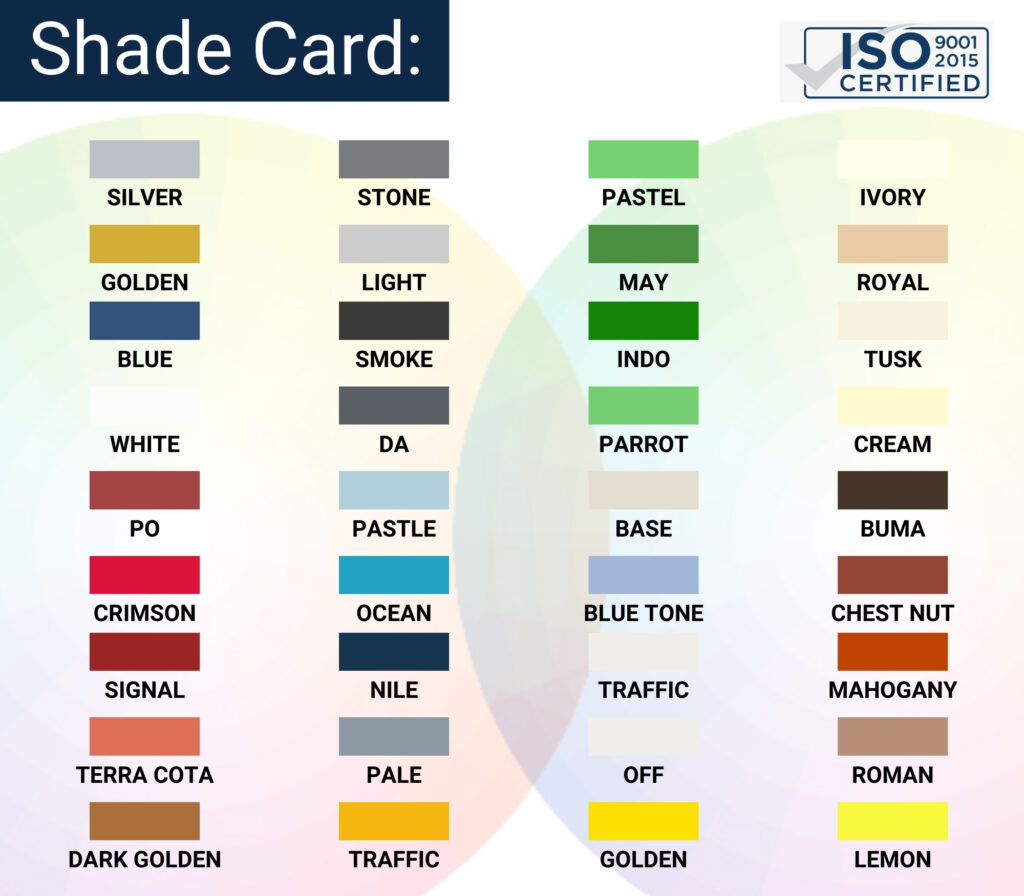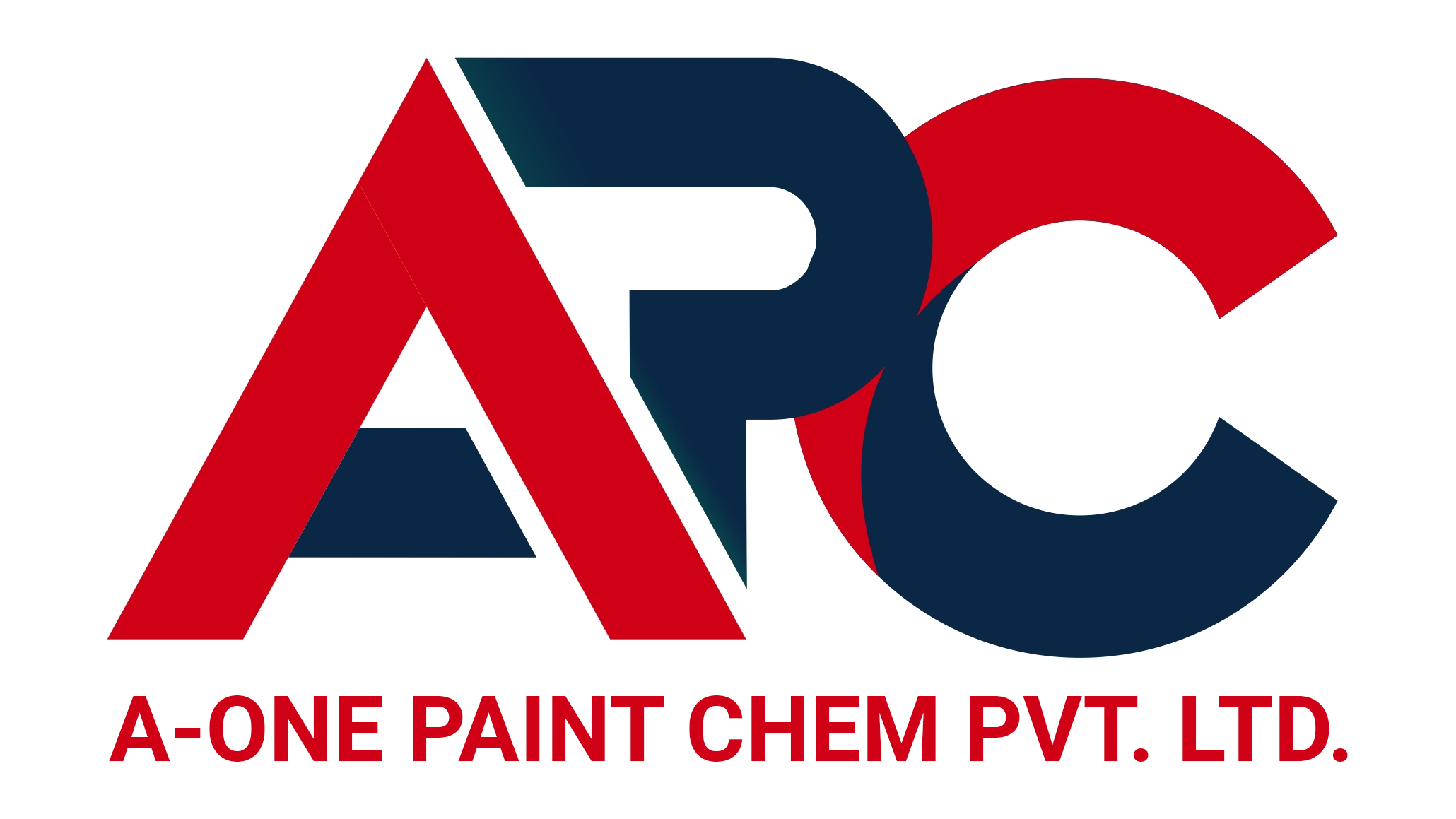PIGMENT PASTES
Pigment pastes
Pigment pastes are concentrated formulations of pigments dispersed in a carrier medium. They are used to provide color and opacity to various materials, such as paints, coatings, inks, plastics, and textiles. Pigments are finely ground solid particles that offer color when mixed with a medium, and pigment pastes make it easier to incorporate these pigments into different applications. Here are some key characteristics and uses of pigment pastes:
Concentrated Color: Pigment pastes are highly concentrated, containing a high percentage of pigment compared to the carrier medium. This concentration allows for efficient coloration of the target material with relatively small amounts of paste.
Wide Color Range: Pigment pastes are available in a wide range of colors, including primary colors, secondary colors, and various shades and tints, allowing manufacturers to create a diverse spectrum of colored products.
Excellent Dispersion: Pigment pastes are formulated to achieve excellent pigment dispersion within the carrier medium. This ensures uniform color distribution and consistency in the final product.
Versatility: Pigment pastes can be used in various applications, such as architectural and industrial coatings, automotive paints, printing inks, plastics, and textile dyeing.
Customization: Manufacturers can create custom colors by blending different pigment pastes together. This flexibility allows for precise color matching and customization according to specific requirements.
UV Stability: Some pigment pastes are designed to provide UV stability, making them suitable for outdoor applications where color fading due to sunlight exposure is a concern.
Environmental Considerations: With increasing environmental awareness, there is a growing demand for eco-friendly and low-VOC (volatile organic compound) pigment pastes to reduce environmental impact.
Stability and Shelf Life: Properly formulated pigment pastes have good stability and shelf life, ensuring that they maintain their color properties over time and during storage.
When using pigment pastes, manufacturers need to carefully consider factors such as compatibility with the target material, the required color strength, and the desired end-use performance. The proper mixing and dispersion of pigment pastes are crucial to achieving the desired color intensity and uniformity in the final product. Additionally, some applications may require specific types of pigment pastes, such as those designed for high-temperature resistance or specific chemical compatibility.
Overall, pigment pastes are essential tools for achieving vibrant and consistent colors in a wide range of products, enhancing their visual appeal and marketability.

Interested in finding our innovative products & services, click here
Check our excellent service, competitive pricing
